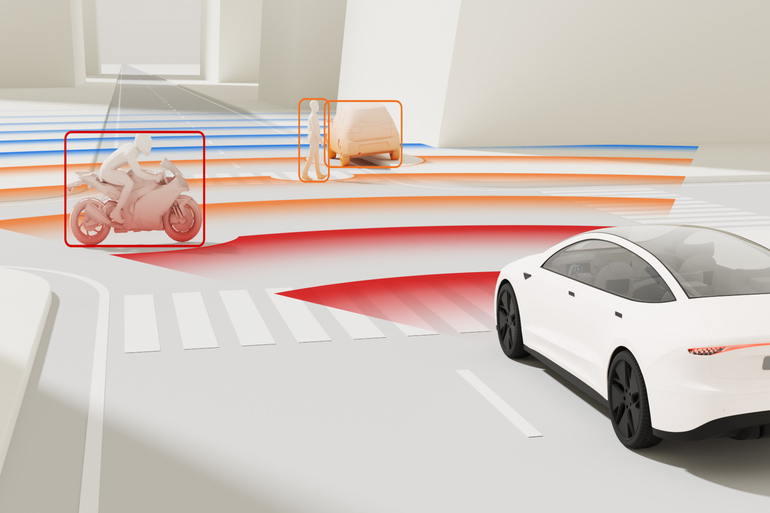NXP Semiconductors NV has unveiled its third-generation S32R47 imaging radar processors, built on 16 nm FinFET technology. These new processors deliver up to twice the performance of their predecessors. Combined with NXP’s mmWave radar transceivers, power management systems, and in-vehicle networking solutions, the S32R47 family meets ISO 26262 ASIL B(D) functional safety requirements.
According to Yole Intelligence’s Status of the Radar Industry 2024 report, by 2029, approximately 40% of vehicles entering the road will be passenger cars with driving automation Level 2+(L2+)/ Level 3 (L3), with an increasing number of vehicles with Level 4 (L4).
Imaging radar generates richer point cloud data, enabling more detailed environmental modeling. This capability is essential for AI-driven perception systems that support assisted and autonomous driving, especially in complex urban environments and challenging weather conditions.
The S32R47 features a high-performance, multi-core radar processing system that produces denser point clouds and supports advanced algorithms. These improvements enhance object separability, boost detection reliability, and enable more accurate classification of objects such as vulnerable road users and stray cargo—key features for next-generation ADAS applications.
In April, NXP reported first-quarter results. The company reported first-quarter revenue of $2.84 billion, down 9%, in line with analyst estimates. The company reported first-quarter adjusted earnings of $2.64 per share, beating analyst estimates of $2.58.
NXP expects second-quarter revenue of $2.8 billion to $3 billion versus estimates of $2.87 billion. The company sees second-quarter adjusted earnings of $2.46 to $2.86 per share versus estimates of $2.65.
“NXP’s first-quarter results and guidance for the second quarter underpin a cautious optimism that NXP continues to effectively navigate through a challenging set of market conditions. We are operating in a very uncertain environment influenced by tariffs with volatile direct and indirect effects,” said Kurt Sievers, president and CEO of NXP.
“Considering these external factors, we are redoubling our efforts to manage what is in our direct control, enabling NXP to drive solid profitability and earnings,” Sievers added.



